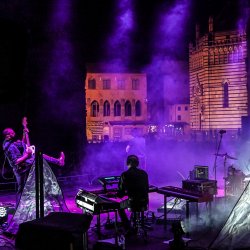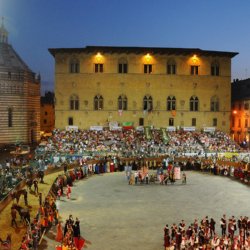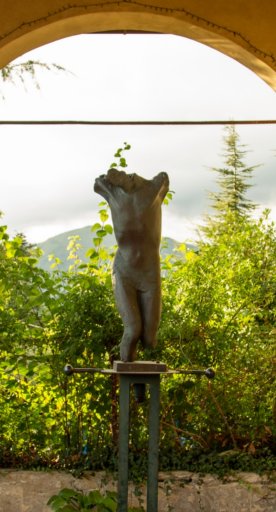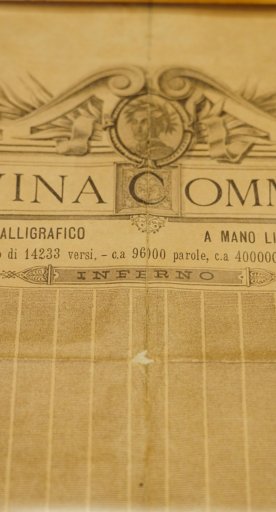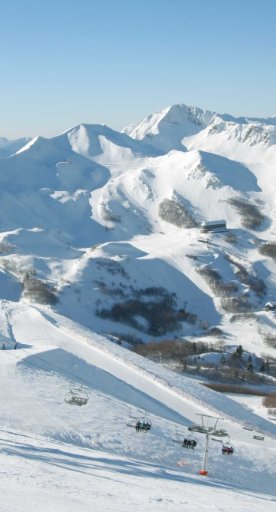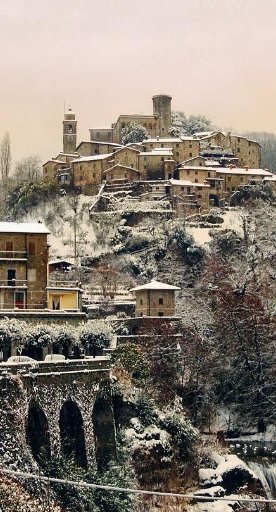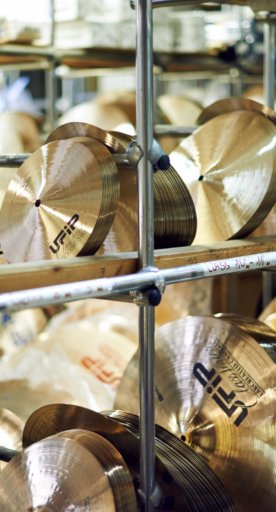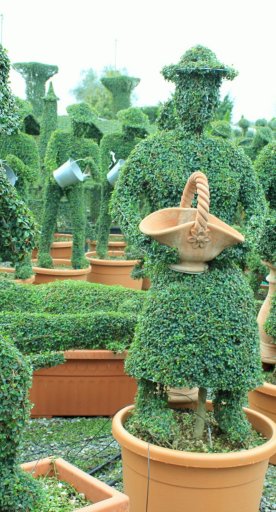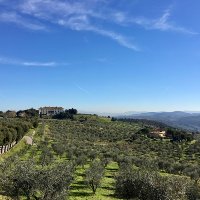

Pistoia’s Accessible museums
An inclusive journey through history, art and tradition
The city of Pistoia enchants with its perfectly preserved historic center and rich artistic heritage, warmed by a welcoming and authentic atmosphere.
Far from any hordes of tourists, Pistoia offers an intimate and relaxed experience, ideal for those who like to discover new places at their own pace.
Amid medieval streets, elegant palaces and the famous zebra-striped churches, the city also stands out for its commitment to inclusivity. Indeed, Pistoia’s accessible museums are a concrete example of cultural offerings that can be enjoyed by all.
-
1.Civic Museum of Ancient Art in Palazzo Comunale
-
2.Museo del Novecento e del Contemporaneo at Palazzo Fabroni
-
3.Museum of the Spedale del Ceppo
-
4.Giovanni Michelucci’s Documentation Center
-
5.Museum of the Ancient Palace of the Bishops
-
6.San Salvatore Museum
-
7.Palazzo Buontalenti
Civic Museum of Ancient Art in Palazzo Comunale

The Civic Museum of Ancient Art in Palazzo Comunale (the Town Hall) collects the most significant exhibits from the city’s former churches and convents, in a tour spanning seven centuries of artistic history, from the 13ᵗʰ to 19ᵗʰ centuries.
Some 300 works are arranged chronologically and by groupings of school (Florentine, Pistoiese), with the exception of the Puccini collection on the top floor. The Museum is fully accessible and even free for people with disabilities and their companion.
Museo del Novecento e del Contemporaneo at Palazzo Fabroni
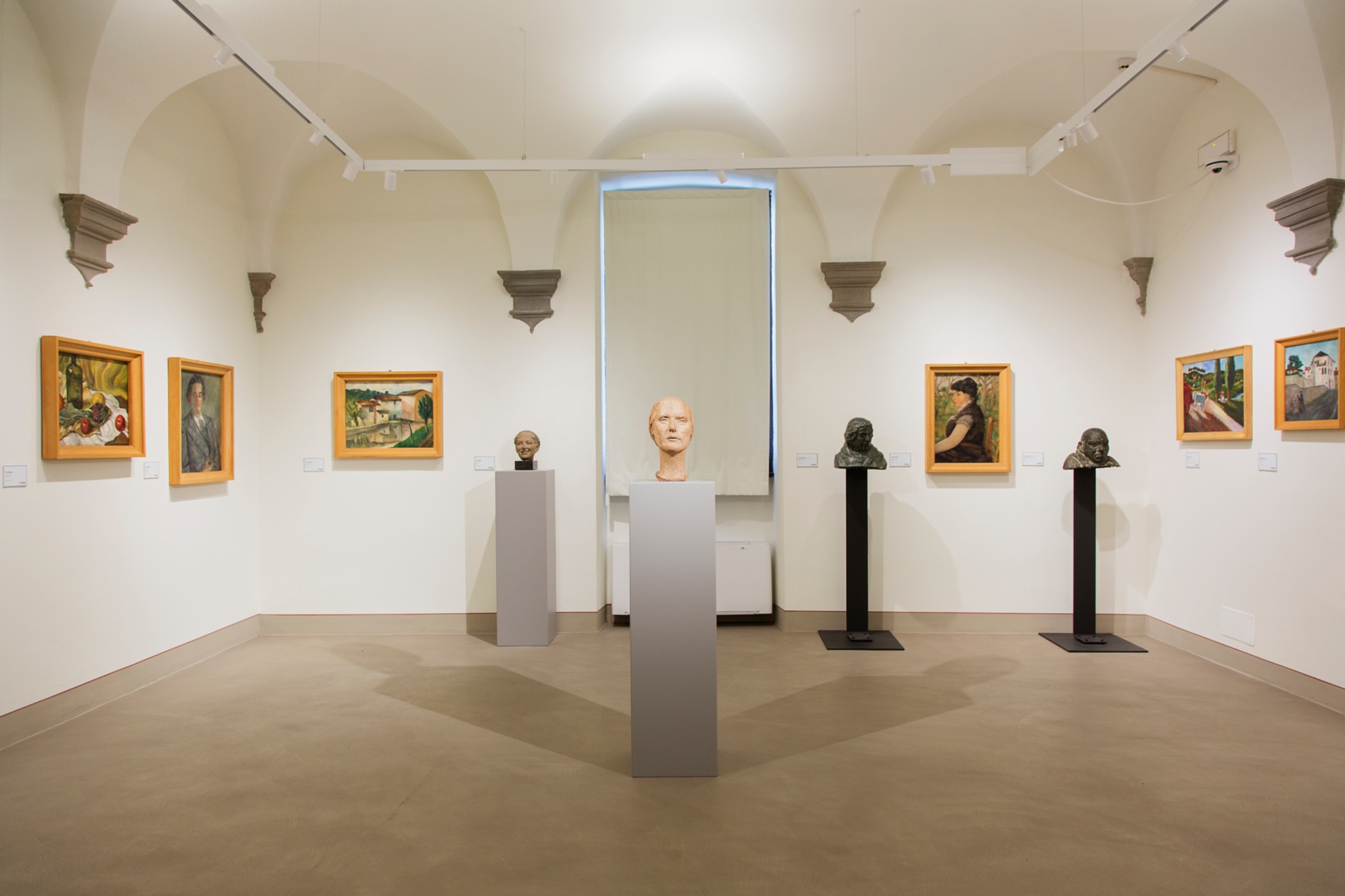
The Museo del Novecento e del Contemporaneo (Museum of the 20ᵗʰ Century and the Contemporary) presents an itinerary traversing the artistic landscape from the 1920s to the present day.
A tour of the Museum leads you back in time chronologically and by homogeneous nuclei of works, all fully accessible and free for people with disabilities and their companion.
Museum of the Spedale del Ceppo
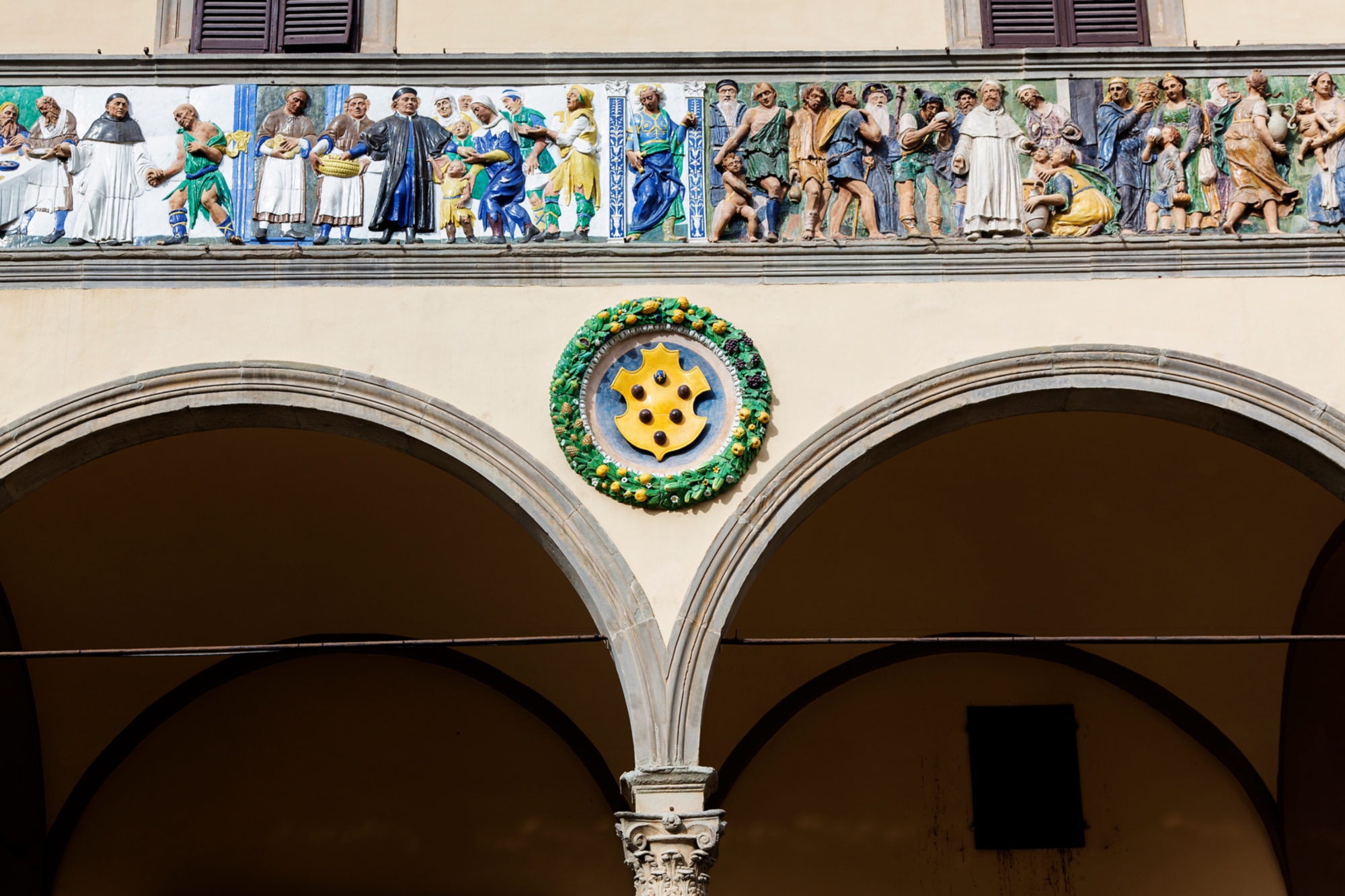
The Museum of the Spedale del Ceppo is located in the historical-monumental part of what was once a hospital complex. Believed to have been founded in 1277, the hospital provided healthcare for seven centuries.
Upon entering the ancient structure, a tour of the Museum today shines light the hospital’s historical, architectural and artistic events, reserving a specific in-depth section for the Robbiano frieze in polychrome glazed terracotta, which runs above the external loggia. The Museum is fully accessible and even free for people with disabilities and their companion.
Giovanni Michelucci’s Documentation Center

Giovanni Michelucci’s Documentation Center is housed in a room of Pistoia’s Palazzo Comunale, collecting a considerable number of drawings, models and transparencies that testify to the work and research of the great architect Giovanni Michelucci, from the beginnings of his career to the projects of his final years.
The core of the collection consists in some 900 drawings, all sketches in pen, marker and pencil executed on drawing paper. The museum is fully accessible.
Museum of the Ancient Palace of the Bishops
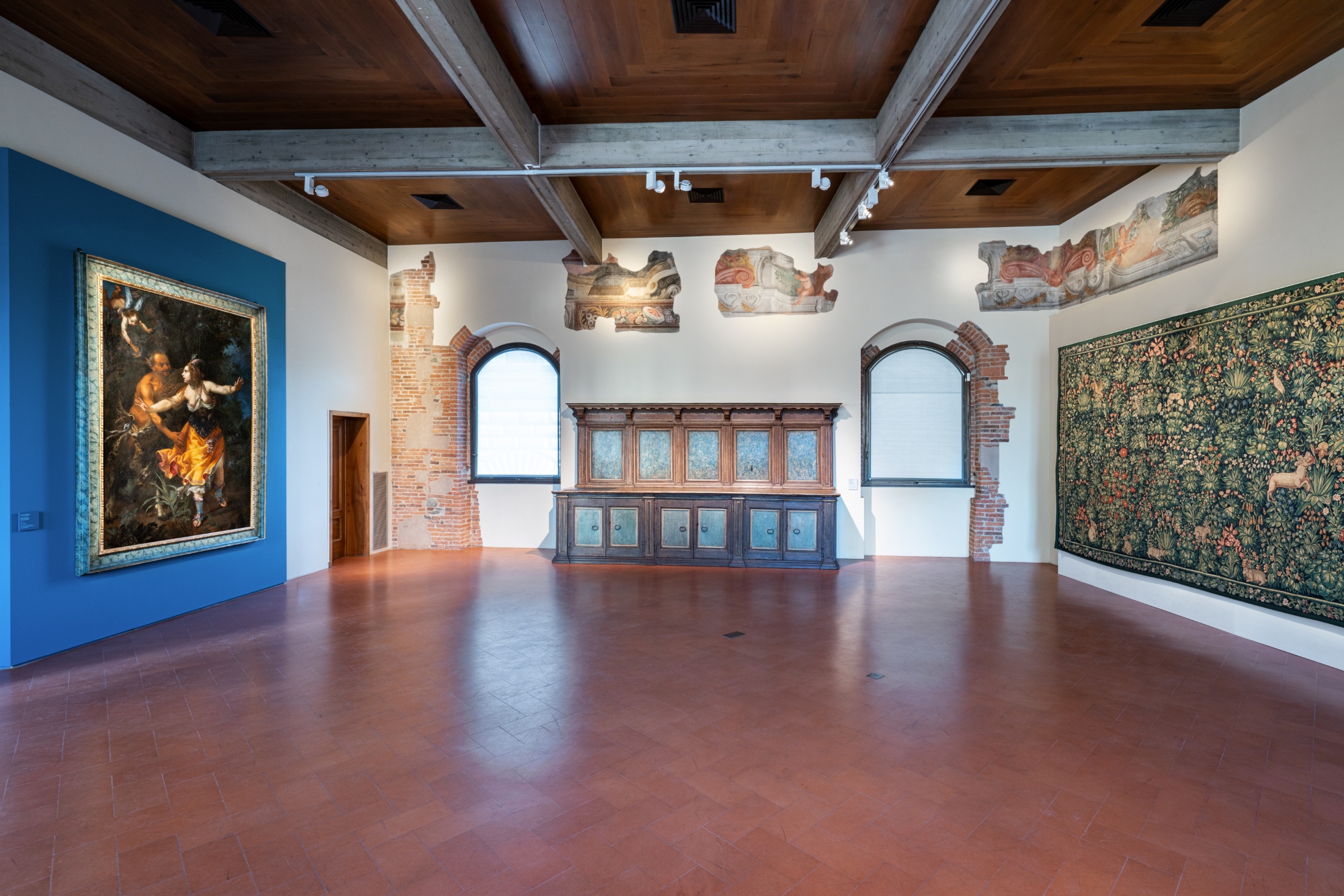
The Antico Palazzo dei Vescovi Museum is a treasure trove of artistic riches and the most authentic traditions of the city. In addition to housing unique masterpieces, it shines a light on the history and identity of the Pistoia area.
Documented as early as 1091, this medieval building—a symbol of episcopal power—overlooks Piazza del Duomo.
The museum is fully accessible and even has a wheelchair available for visitors.
San Salvatore Museum

The San Salvatore Museum is just a two-minute walk from Piazza Duomo and is one of the oldest places of worship in the city of Pistoia. The exhibit therein offers a journey through the history of the city’s oldest nucleus through the display of works, until now stored in the deposits of the Civic Museums.
Among the most extraordinary discoveries is the Lamentation (The Mourning of Christ), datable to the late 13ᵗʰ century and attributed to the circle of Lippo di Benivieni, a significant painter documented in Florence between 1296 and 1320. The museum is fully accessible.
Palazzo Buontalenti

Palazzo Buontalenti hosts temporary exhibitions with a program that offers insights and transversal themes ranging from ancient to modern and contemporary art, from site-specific installations to photography, by fostering connections between languages and artistic expressions as diverse as cinema, theater, music, literature and comics.
The museum is fully accessible and even has a wheelchair available for visitors.
What’s nearby?



